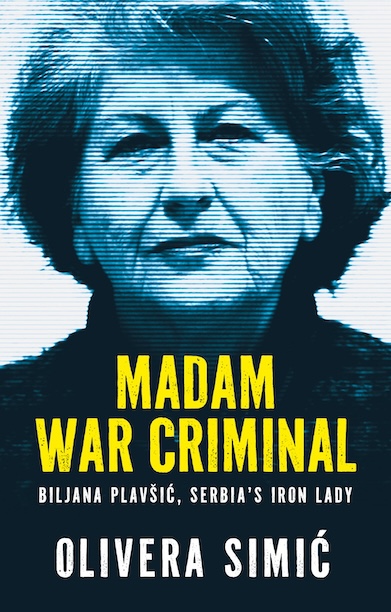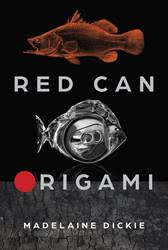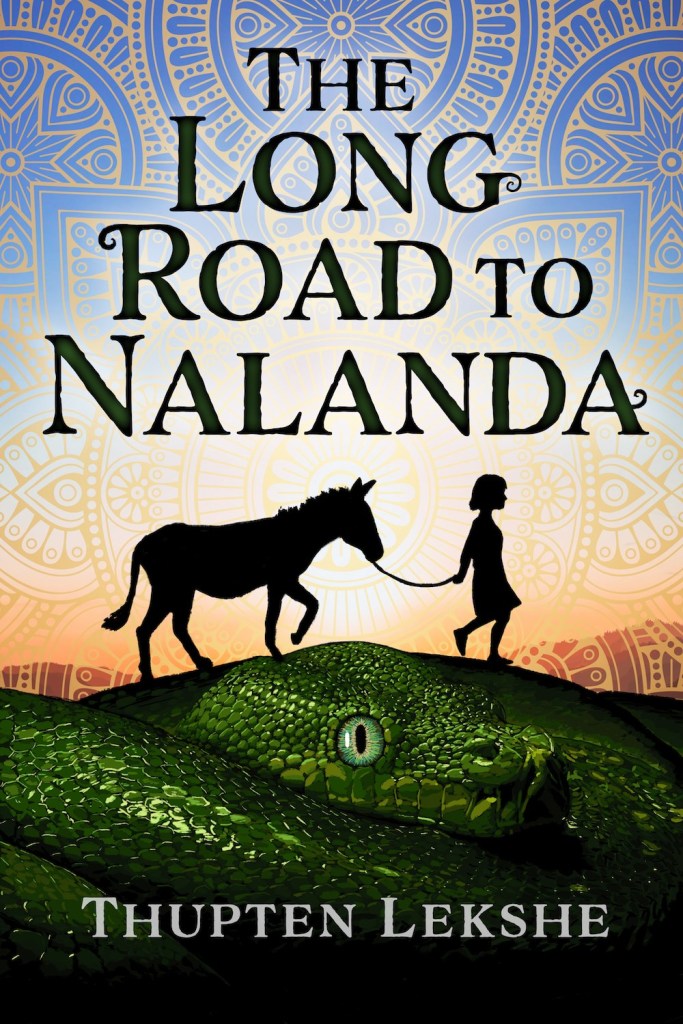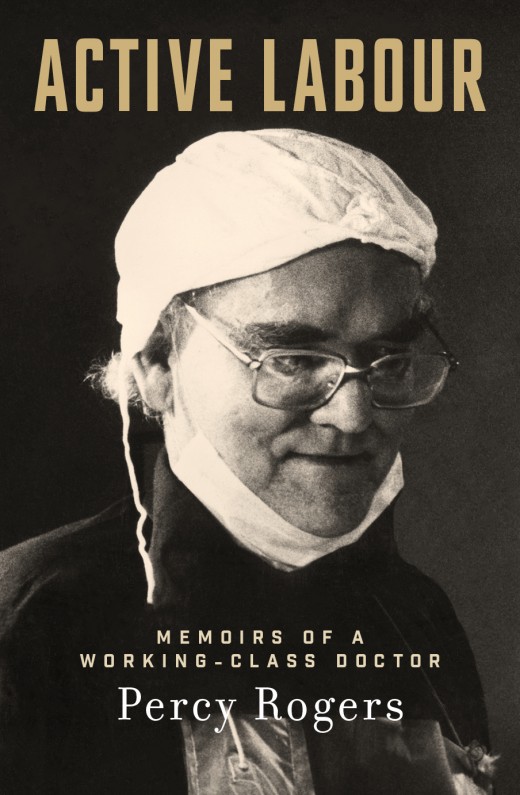
A fictional character doesn’t have to be a human or an animal—a dark foreboding forest with a tangle of undergrowth can act as an antagonist, or a force of nature, such as a cyclone that bears down on a town, or an insidious pandemic. On the other hand, there may be a place where a character can go to that […]

Words are powerful and can ‘paint’ a picture, particularly words used in poetry that resonate and stay with us. Favourite passages in novels are often read and reread to relive that feeling and scene, or that memory of the first time they were read. Visual art stimulates an immediate sensation through sight and is not tied to language. A work […]

I read a lot of historical fiction and I have my favourite authors of the genre: Peter Carey, Geraldine Brooks, Tracy Chevalier, Barbara Kingsolver, Hilary Mantel, Kate Grenville and Markus Zusak. I have also been blown away by so many emerging historical fiction authors whose unpublished novels are sent to me for assessments. I love being able to immerse myself […]

Through the swift application of paint, the French Impressionist artists aimed to capture the atmosphere of a place at a specific time of day. When I read the first few paragraphs of a novel, or an unpublished manuscript set in a fictional place that is sent to me for assessment, I want to be captivated by a sense of place. […]

It may seem strange to think of sentences as having personalities that respond to the mood of the subject of the writing. In fiction, they often suggest what may be happening beneath the surface, or hit us between the eyes with something unexpected, or just express the tragedy of the moment with despair or resentment. A rhythmic flow can be […]
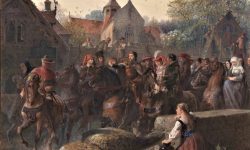
There is a lot to be learned about the art of creating fictional characters from Geoffrey Chaucer’s ‘The Canterbury Tales’ (a collection of twenty-four stories written in Middle English between 1387 and 1400). I recently went through my library and came across this book, which I studied many years ago and often revisit. In the ‘General Prologue’, each pilgrim is […]

Recently, I taught an adult class about classical art and spent time, with my editor’s hat on, explaining the difference between the words ‘classic’ and ‘classical’, and whether to capitalise these words in a sentence. Both words imply that something is of a special class, and refer to high culture, especially the civilisations of ancient Greece and Rome (hence the […]

Whenever I’m reading a novel or editing an unpublished manuscript with heaps of dense descriptive text, it’s always a welcome relief to turn a page and see more white than black, which is usually in the form of dialogue. More importantly, successful dialogue excites most readers because it not only advances the story and fleshes out the characters, but enlivens the […]

Silence is a tool that writers of fiction can use to great effect. By silencing a character in a poignant moment, emotion is heightened; interrupting action with silence can magnify drama; allowing a character to inhabit a space devoid of action allows time-out and an opportunity for reflection. For examples of silences in literary writing, seek out authors such as […]

‘Lock up your libraries if you like; but there is no gate, no lock, no bolt that you can set upon the freedom of my mind.’ Virginia Woolf’s famous essay ‘A room of one’s own’ (published 90 years ago, in 1929) is a rallying cry for women’s intellectual and social freedom – a feminist tract that calls attention to the missing voices of […]











